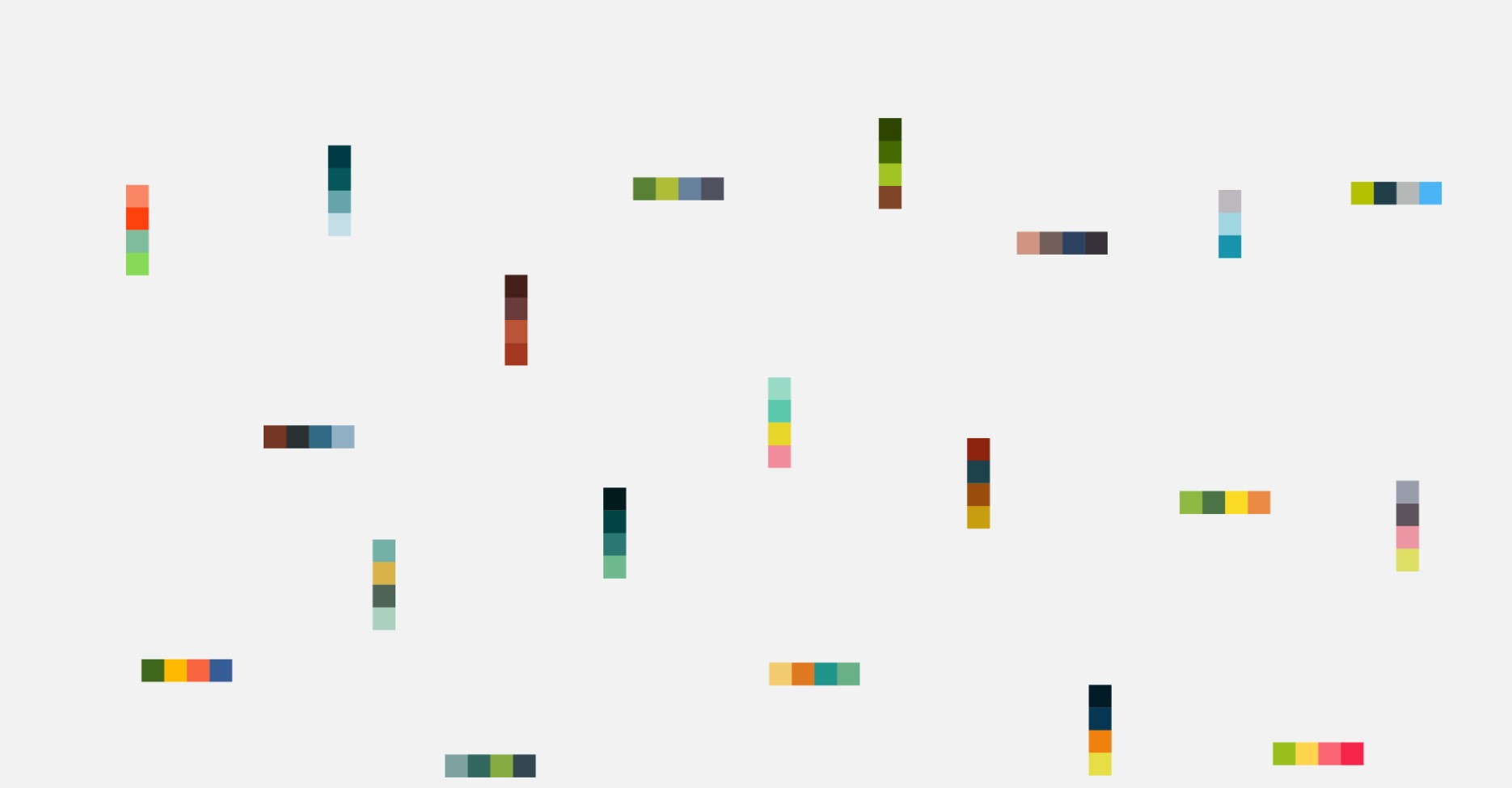How to Determine the Best Color Combinations for Website Headers

One of the key elements that contribute to the overall aesthetic appeal of a website is the color combination used in the headers. The right color combinations can enhance the user experience, evoke certain emotions, and effectively convey the brand’s message. However, determining the best color combinations for website headers can be a challenging task. We will explore some essential tips and guidelines to help you make informed decisions when it comes to choosing the perfect color combinations for your website headers.
1. Conception the Importance of Color in Web Design
Colors play a vital role in web design as they have the power to create an immediate impact on visitors. The right color combinations can attract attention, guide users’ focus, and evoke emotions. When it comes to website headers, the color choices can significantly impact the first impression visitors have of your website. Therefore, it is crucial to carefully consider the color combinations to ensure they align with your brand and engage your target audience effectively.
2. The Psychological Impact of Colors
Different colors evoke different emotions and associations. Understanding color psychology can help you make informed decisions when choosing color combinations for your website headers. For example:
- Red: Often associated with energy, excitement, and urgency.
- Blue: Evokes feelings of trust, security, and reliability.
- Green: Symbolizes growth, nature, and harmony.
- Yellow: Represents optimism, happiness, and creativity.
- Purple: Often associated with luxury, creativity, and spirituality.
- Orange: Evokes enthusiasm, warmth, and vitality.
- Black: Symbolizes elegance, power, and sophistication.
- White: Represents purity, simplicity, and cleanliness.
3. Considerations for Choosing Website Header Colors
To determine the best color combinations for your website headers, it’s essential to consider the following factors:
3.1. Brand Identity and Personality
Your website’s color scheme should align with your brand identity and convey the desiredmessage or personality. Consider your brand’s values, target audience, and the emotions you want to evoke. For example, if your brand is in the health and wellness industry, soothing and natural colors may be more appropriate.
3.2. Target Audience and Market
Understanding your target audience’s preferences and the market you operate in is crucial. Different demographics and industries may respond differently to certain color combinations. Research your audience’s preferences and competitors’ color choices to ensure your website stands out while resonating with your target market.
3.3. Contrast and Readability
Ensure that the color combination you choose for your website headers provides sufficient contrast for readability. The text or elements in the header should be easily distinguishable from the background color. High contrast enhances legibility and ensures a pleasant user experience.
3.4. Complementary and Harmonious Colors
Consider using complementary or harmonious color combinations for your website headers. Complementary colors are opposite each other on the color wheel, creating a vibrant and eye-catching effect. Harmonious colors are adjacent on the color wheel, providing a more soothing and balanced appearance.
3.5. Consistency and Brand Recognition
Maintaining consistency across your website is essential for brand recognition. Choose a color palette that complements your overall website design and brand guidelines. Consistency in color usage helps users associate specific colors with your brand, creating a memorable and cohesive experience.
4. Popular Color Combination Techniques for Website Headers
There are several color combination techniques you can utilize for your website headers. Here are a few popular ones:
4.1. Monochromatic Color Schemes
A monochromatic color scheme involves using different shades, tints, and tones of a single color. This technique creates a visually cohesive and elegant look. Varying the saturation and brightness of the color can add depth and visual interest.
4.2. Analogous Color Schemes
Analogous color schemes consist of colors that are adjacent to each other on the color wheel. This technique creates a harmonious and balanced appearance. Choose one dominant color and use the adjacent colors as accents or highlights.
4.3. Complementary Color Schemes
Complementary color schemes involve using colors that are opposite each other on the color wheel. This technique creates a vibrant and eye-catching effect. Pairing a warm color with a cool color can create a dynamic contrast.
4.4. Triadic Color Schemes
Triadic color schemes consist of three colors that are evenly spaced around the color wheel. This technique provides a balanced and visually appealing combination. Use one color as the dominant hue and the other two as accents.
4.5. Split Complementary Color Schemes
Split complementary color schemes involve choosing a base color and using the two colors adjacent to its complementary color. This technique provides a more nuanced and subtle contrast while maintaining harmony.
5. Tools and Resources for Choosing Color Combinations
Several online tools and resources can assist you in selecting the best color combinations for your website headers. Here are a few examples:
5.1. Color Palette Generators
Tools like Adobe Color and Coolors allow you to explore various color combinations and create custom color palettes. These generators provide options based on color theory principles and can inspire your header design.
5.2. Color Psychology Resources
To gain a deeper understanding of the psychological impact of colors, resources like the Color Psychology Journal and Pantone Color Institute can offer valuable insights. These resources explain the emotions and associations tied to specific colors.
5.3. Design Inspiration Websites
Platforms like Dribbble and Behance showcase innovative design projects, including website headers. Exploring these websites can spark creativity and help you identify color combinations that alignwith your vision.
6. Testing and Refining Your Color Combinations
Once you have chosen potential color combinations for your website headers, it’s essential to test and refine them. Here are a few strategies to consider:
6.1. A/B Testing
Conduct A/B testing by presenting different color combinations to a segment of your audience. Analyze user behavior, engagement, and conversion rates to determine which color combinations perform best. This data-driven approach allows you to make informed decisions based on actual user preferences.
6.2. User Feedback and Analytics
Seek feedback from your users through surveys, interviews, or usability testing sessions. Their insights can provide valuable perspectives and help you identify any issues or improvements needed in your color combinations. Additionally, analyze website analytics to track user interactions and identify any patterns or trends related to color usage.
6.3. Iterative Design Process
Embrace an iterative design process that allows you to continuously refine your color combinations. By gathering feedback, making adjustments, and testing again, you can gradually optimize your website headers for the best results. Remember that design is an ongoing process of improvement.
7. Implementing Color Combinations in Website Headers
Once you have determined the best color combinations for your website headers, it’s time to implement them effectively. Consider the following:
7.1. Applying CSS Styles
Utilize CSS (Cascading Style Sheets) to apply your chosen color combinations to your website headers. Use appropriate CSS classes and selectors to target specific elements and ensure consistency across your site. Take advantage of CSS frameworks or pre-designed templates to streamline the implementation process.
7.2. Responsive Design Considerations
Ensure your color combinations work well across different devices and screen sizes. Responsive design techniques can help you adapt the header colors to maintain legibility and visual appeal on various platforms. Test your website headers on different devices to ensure a seamless user experience.
